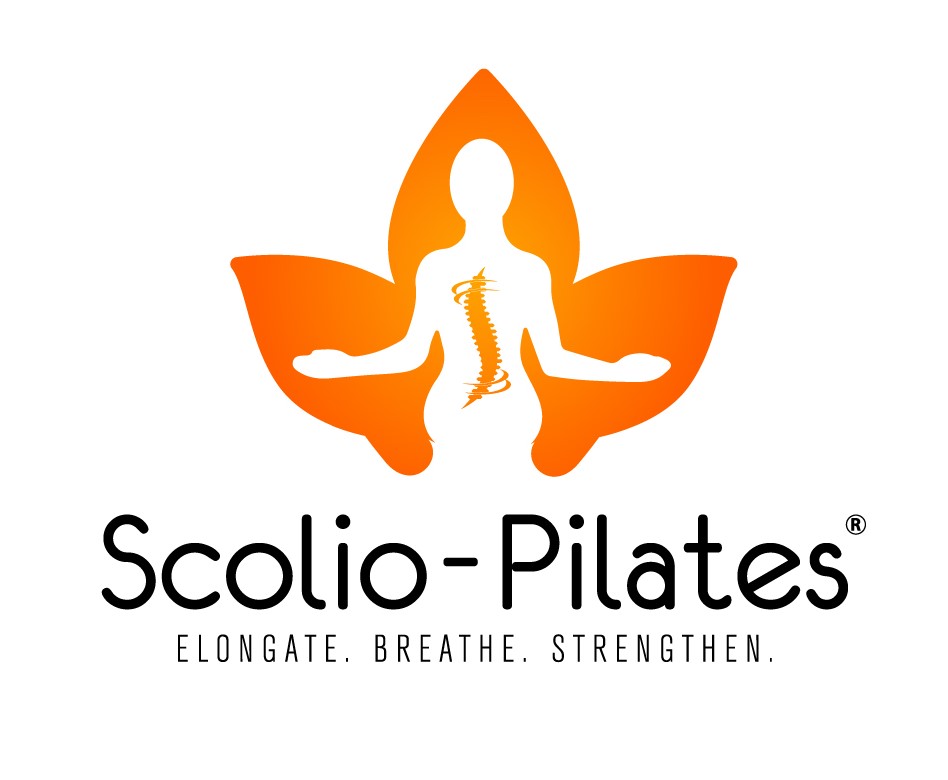‘Pilates is not about obtaining the Hollywood Body. It is about feeling the best you can every single day.” –Mary Petersen, Breast cancer survivor
I’m not sure if during the first part of this series we talked about the most important benefit of exercise for the cancer patient: lowering the risk of recurrence. Ta-Da!!! How awesome is that? It’s almost like a miracle drug: I mean if exercise were a drug. If there were a drug that could reduce your risk of recurrence the way that exercise does, everyone would take it; especially a drug with no adverse side-effects, right? So PRETEND that exercise is a drug and when your doctor advises you to get out and move more or go for a walk, take it as a prescription, not as just your doctor shooting the breeze with you. Maybe doctors should write their exercise advice on a prescription pad… That might get our attention, huh?
Last week’s in-depth focus was on encouraging you to get going and then to improve shoulder mobility after surgery and this week we’ll focus on lymphedema. Lymphedema is a painful swelling that, for breast cancer patients, is generally the result of lymph tissues that were removed in the underarm area during breast surgery or affected during radiation therapy. The lymph nodes are vessels that drain fluid from tissues throughout the body and allow immune cells to travel where they are needed. So if a good portion of that tissue is gone where does the fluid go? How do the immune cells get where they need to go? Very simply the fluid and the cells don’t go anywhere; things just get backed up. The fluid settles in the armpit area and throughout the arm causing pain. The immune cells are not able to travel where they are needed: inhibiting healing.
 Generally, the treatment for lymphedema is a three-parter: compression (many layers of bandages wrapped in a specific pattern), manual lymph drainage, and range of motion exercise. Range of motion exercise, as well as deep breathing, provide an internal pump that helps to push the fluid through the stagnant area of inhibited lymph function. Think of a sponge that is filled with water. Imagine, not squeezing the sponge, but folding the sponge back and forth and back and forth. Fluid will slowly get released and more fluid will be released with more repetitions. Same with swelling due to lymphedema.
Generally, the treatment for lymphedema is a three-parter: compression (many layers of bandages wrapped in a specific pattern), manual lymph drainage, and range of motion exercise. Range of motion exercise, as well as deep breathing, provide an internal pump that helps to push the fluid through the stagnant area of inhibited lymph function. Think of a sponge that is filled with water. Imagine, not squeezing the sponge, but folding the sponge back and forth and back and forth. Fluid will slowly get released and more fluid will be released with more repetitions. Same with swelling due to lymphedema.
Doing something gentle enough that a high number of repetitions will be possible is important. Just lying on your back and with straight arms touching your palms together over your chest and then bend your elbows to touch the floor beside you. That would be gentle enough to do high repetitions. If it is within your ability, you may also try the exercise attached.
You may not feel like getting up and getting started on an exercise program while undergoing treatment but this is where a gentle program like Pilates can be extremely helpful. Pilates is gentle enough to meet you where you are physically and effective enough to make improvements without strain. The best way to start a Pilates program while undergoing treatment would be to contact a Pilates studio that is affiliated with a physical therapy clinic that can guide your rehabilitation and accept your insurance.
Simple Presses:
This exercise mimics the much harder push-up that we are all familiar with. The exercise strengthens the chest muscles while gentle moving the shoulder and elbow joint in a short range of motion from flexion to extension.
To perform Simple Presses: Sit as shown in the picture with both hands at your side. As shown in the picture, one hand is in front of your knee and one hand is behind but begin with the arms straight, not bent. Keeping your shoulders pressed down and away from your ears, now bend the elbows. Keep the elbows tucked into your sides as opposed to sticking out like chicken wings. Also, keep the range of motion comfortable. Do not go too deep with the elbow bend if you are just trying this exercise for the first time. Oh, and keep you stomach pulled away from your thigh. No sagging tummies! Now you can return to your start position.
Breathing:
Inhale, to begin (no movement). Exhale; bend the elbows. Inhale; pause with the elbows bent. Exhale; return to your start position.
This article is part two in a series this month for Breast Cancer Awareness. Each article will include a new exercise for the breast cancer patient and survivor. Next week: flexibility exercise for increasing shoulder range of motion. Be sure to talk to your doctor before performing any exercise program to determine if this program will be safe and appropriate for you. To perform the entire workout, see our DVD at www.OsteoPilates.com

